Cancer, James T. Patterson observed in The Dread Disease, serves as a powerful metaphor in American culture, where the malady mirrors the “manifestation of social, economic, and ideological divisions” in modern life. In the decades since publication of Patterson’s book, medical research has made great strides in methods of detection and treatment. But the challenge for science journalists remains the same: how to communicate realistic promise rather than raise false hopes or incite debilitating fear.
Long before the creation of nonprofit groups like the American Cancer Society or governmental agencies like the National Cancer Institute, the mass media played a critical role in informing the public about research progress and patient options. As pioneers in the field of medical journalism, Science Service writers like Jane Stafford strived to explain the science, profile the researchers, and emphasize the importance of early detection while not sensationalizing results.
Through the years, Science Service reports highlighted the work of many prominent female scientists, such as University of Chicago researcher Maud Slye, known for her focus on the role of heredity, and Cornell University pathology professor Elise Depew Strang L’Esperance. Stories described geneticists (such as Katherine Pattee Hummel) and biologists (Beatrice Mintz) whose work contributed to advances in cancer detection. They recognized the major accomplishments of senior scientists, such as when Elise L’Esperance and Philadelphia gynecologist Catherine Macfarlane received the 1951 Lasker Clinical Medical Research Award, for their work establishing cancer treatment centers for women. And they paid attention to researchers just beginning their careers, like Anne S. Jones, Selma Hayman, Arlene Frances Fung, and Veronica Zavatone
By 1940, Stafford had achieved a well-deserved reputation as a superb writer and thoughtful observer. The head of the American Society for the Control of Cancer (ASCC), now the American Cancer Society, praised Stafford as “possessed of great journalistic skill and ... a really worth-while knowledge of scientific matters” and solicited her advice for the ASCC’s educational campaign.
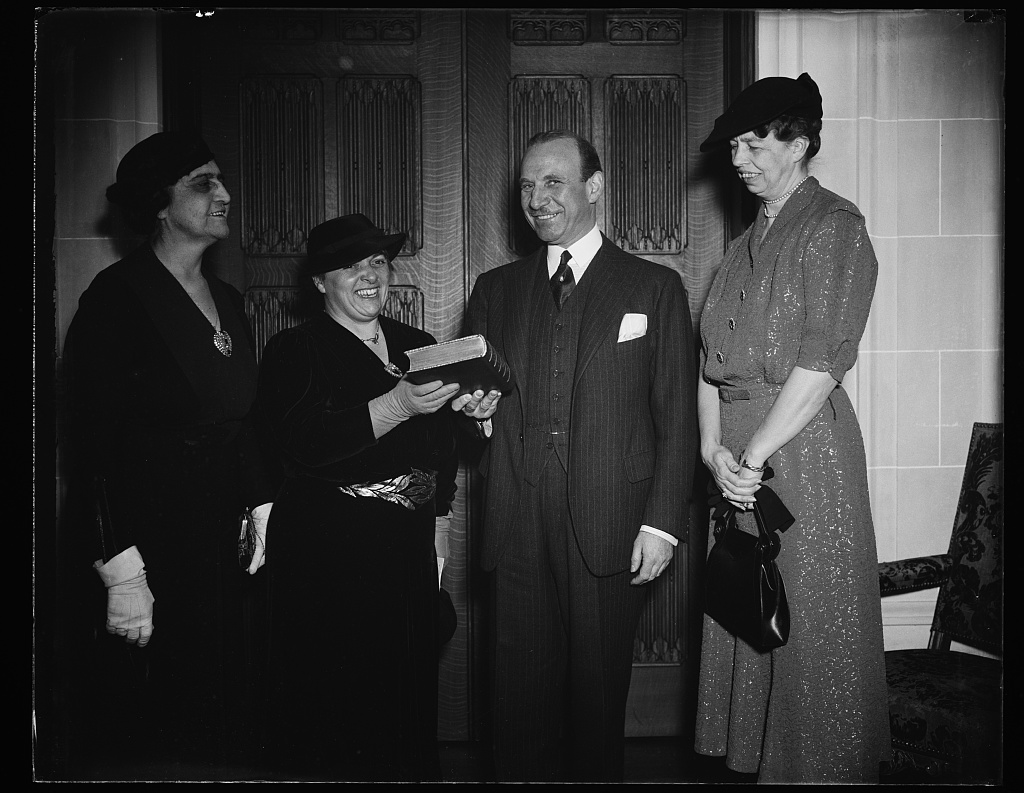
In 1941 Stafford was invited to join the National Advisory Board for the Women’s Field Army (WFA) of the ASCC. That unusual “army” had been established by Marjorie Bullock Illig (1891-1987). A radiologist before her marriage, Illig had become a major force for public health education in the General Federation of Women’s Clubs. Members of the new group donned khaki uniforms and embarked on ambitious fundraising and educational programs, distributing hundreds of thousands of informational pamphlets every year. The WFA, Patterson writes, not only played an important role in establishing cancer clinics and delivering services to the poor but also in transforming the larger ASCC into a national operation. Strengthening relationships with science journalists was a natural move.
When invited to contribute to the Women’s Field Army News, Stafford explained that the question most frequently asked by her readers was “Where can I get treatment for cancer?” Mindful of wartime labor shortages, Stafford added that such questions “will doubtless[sic] be asked with increasing frequency as more physicians are called from civilian practice to the armed forces.” She suggested that “one of the most important services the Womens Field Army can perform is to spread widely information as to the location of approved cancer diagnostics and treatment centers in communities throughout the nation.”
Stafford was especially articulate when discussing interactions with readers. She believed that reading (and responding politely to) heart-rending letters from patients was a small price to pay for the greater good. As she explained to one scientist in 1941: “I can readily appreciate your feeling about the letters you have been receiving from cancer patients or their relatives. Letters of this type are bound to result from any mention of the word cancer in a newspaper or magazine story, even when such stories do not contain the words ‘cure’ or ‘solution of the cancer problem,’ .... Yet one cannot stop writing stories about cancer and I feel that the harm which may at times be done by inadvertently arousing false hopes can be more than offset by the opportunities these letters provide for giving these people the guidance or courage they need to seek aid from a reputable practicing physician or clinic."
Thanks to people like Illig, Stafford, and uncounted numbers of volunteers and medical personnel in cancer service organizations around the United States, and thanks to improved communication about symptoms and treatment options, millions of patients today have more resources, care, support, and courage to face the “dread disease” – and to live.
Related Resources
- Science Service Records, 1905-1973, Smithsonian Institution Archives, Accession 06-135, RU7091.
- American Cancer Society History (includes Women's Field Army).
- Poster, Women's Field Army, ca.1934-1935, General Federation of Women's Clubs History Timeline. Poster from GFWC
Produced by the Smithsonian Institution Archives. For copyright questions, please see the Terms of Use.

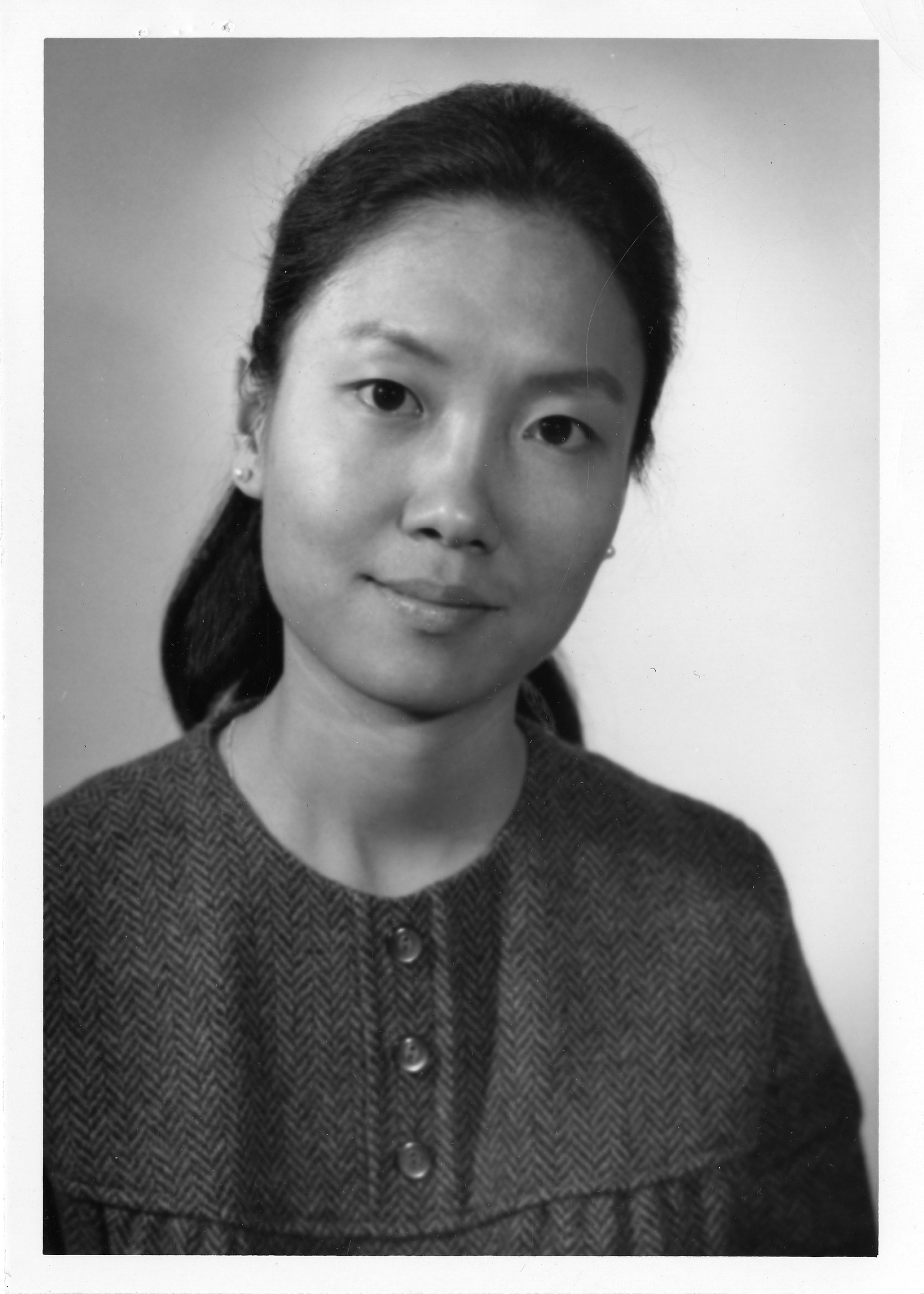
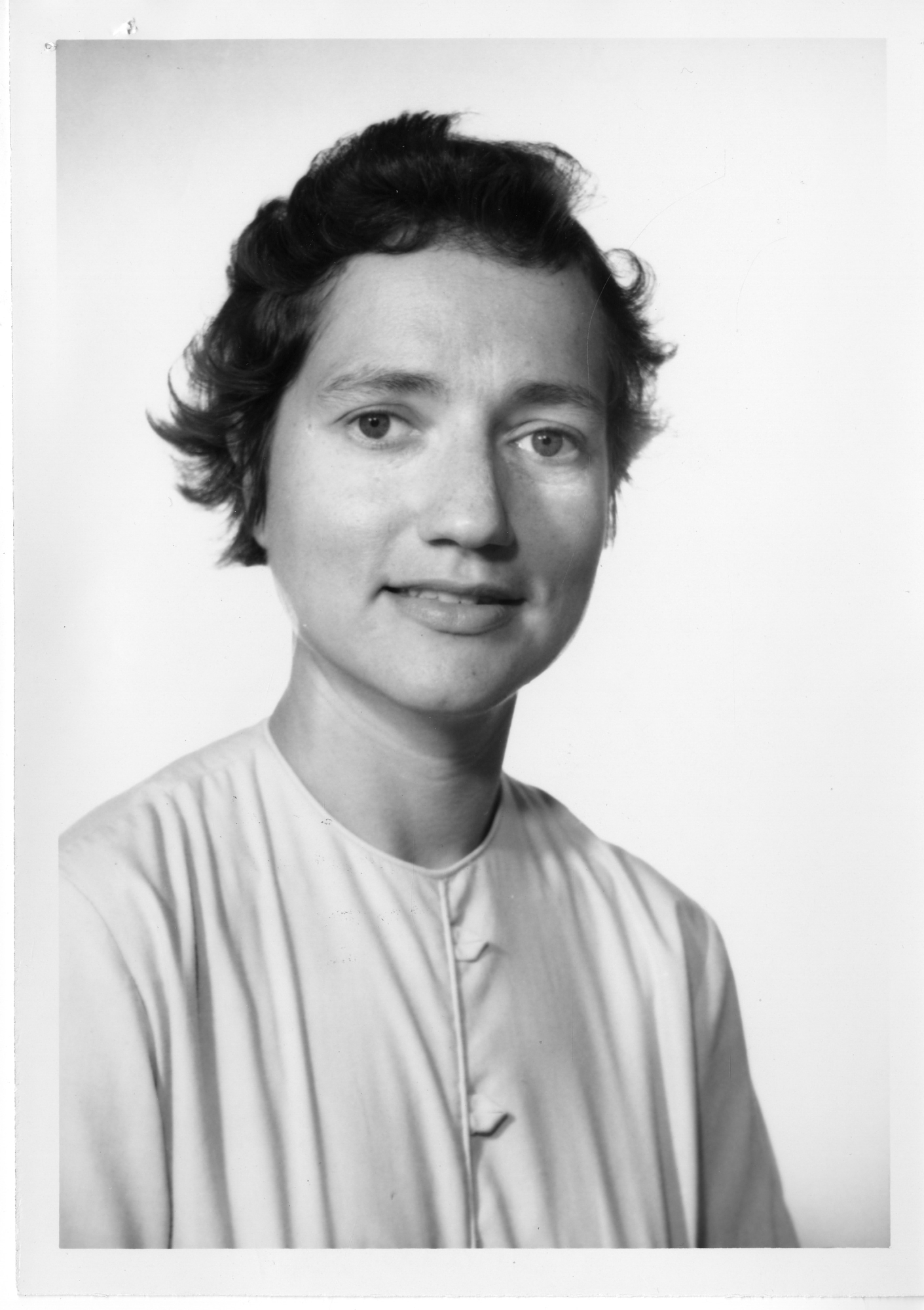

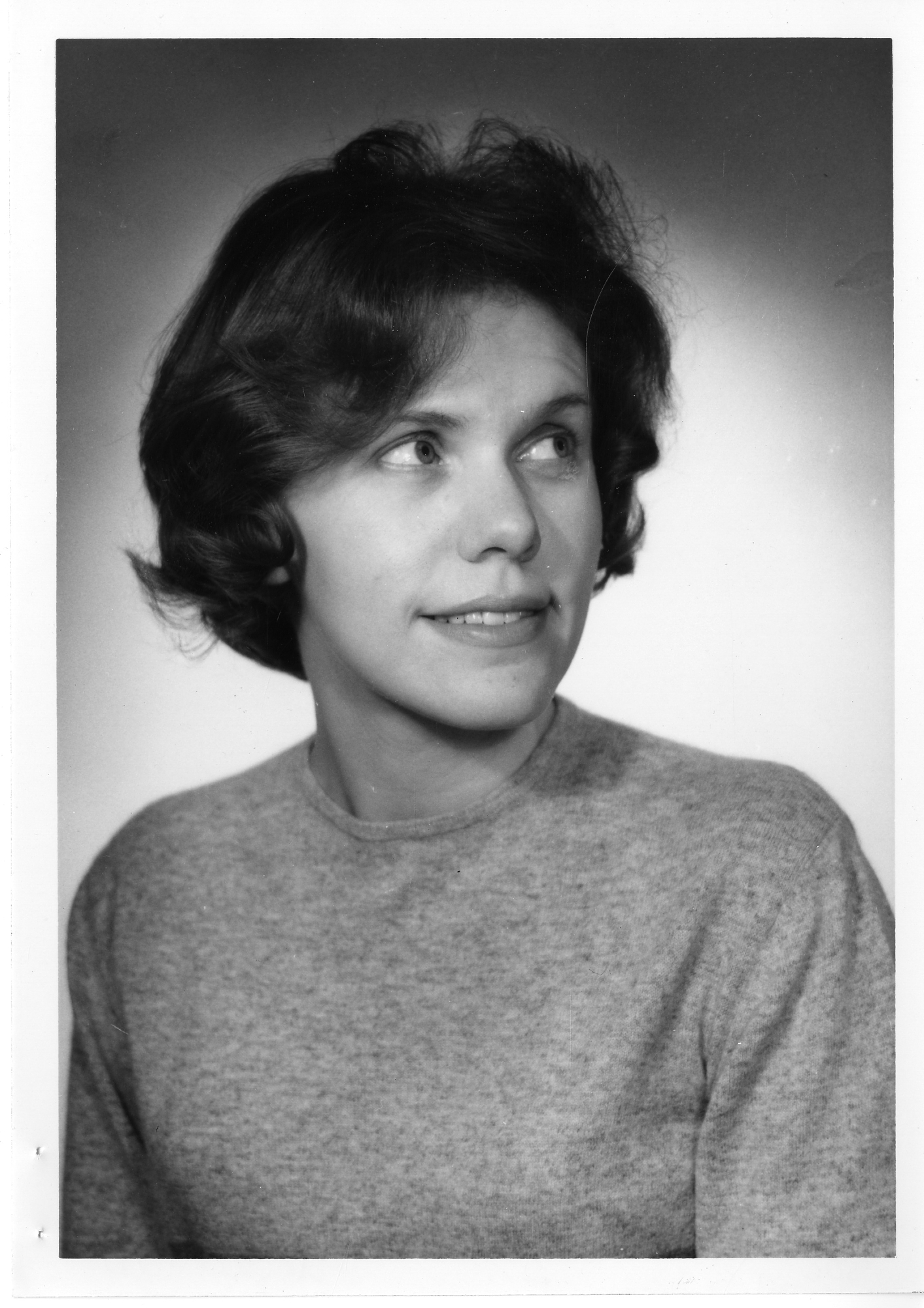
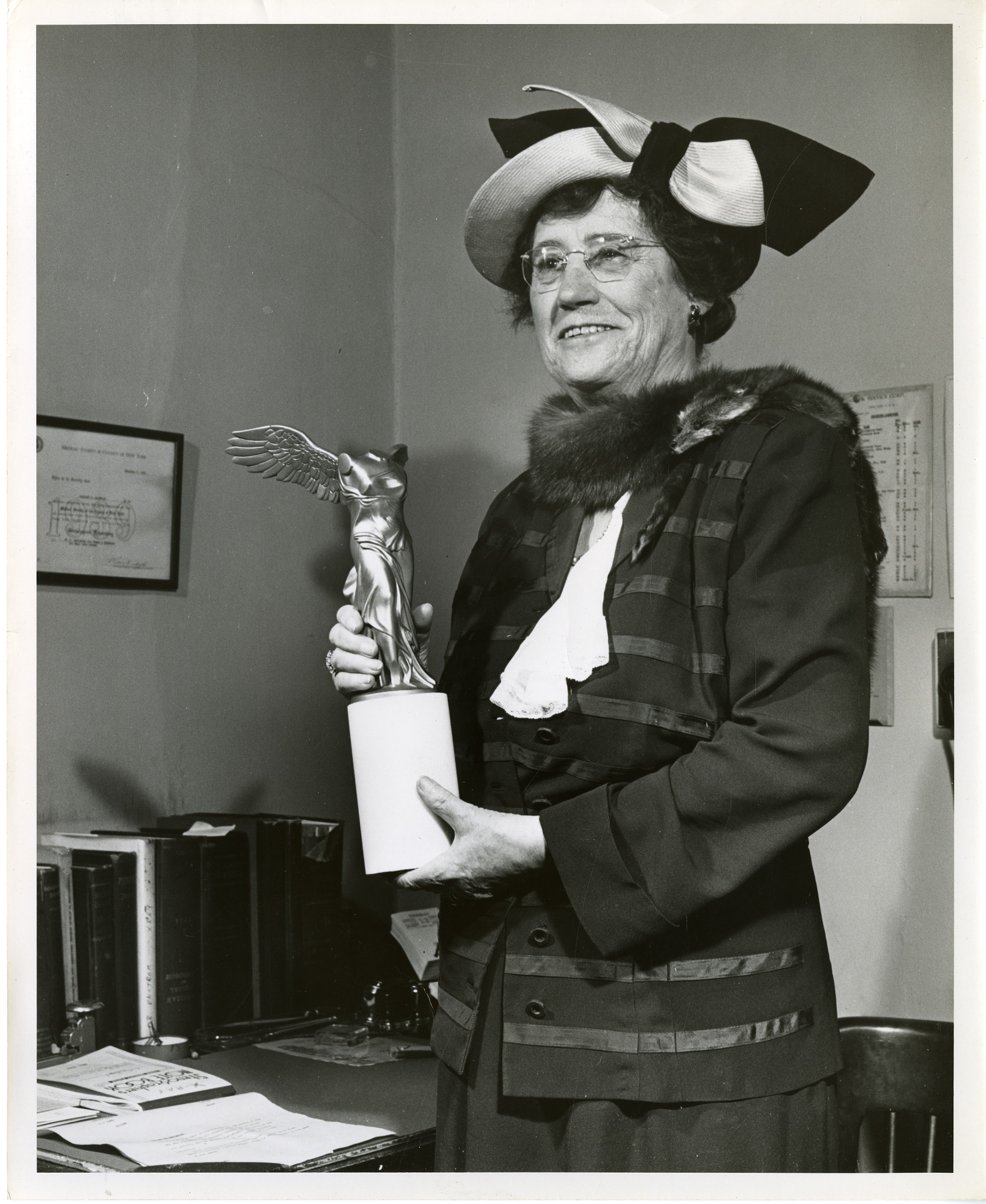

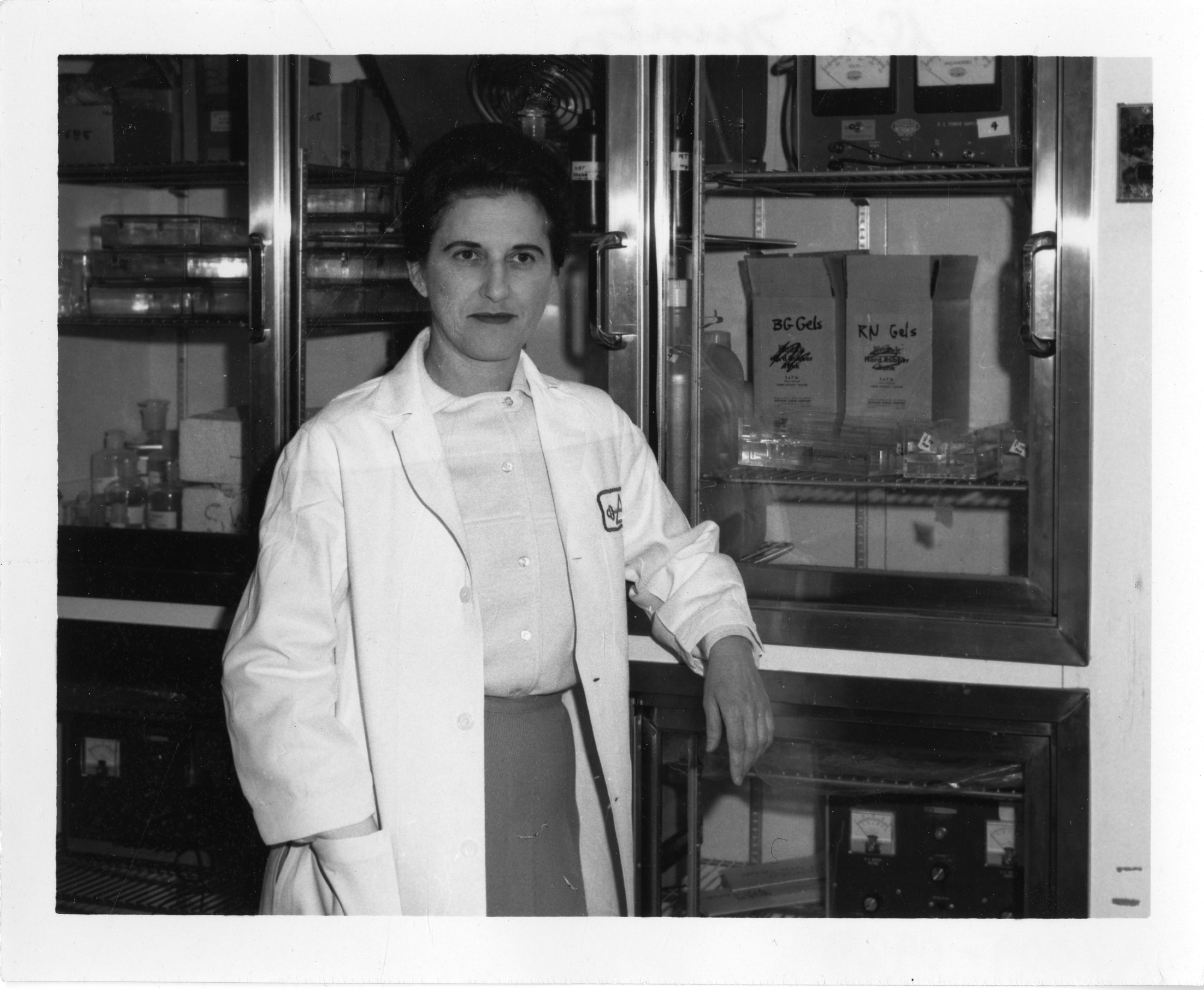
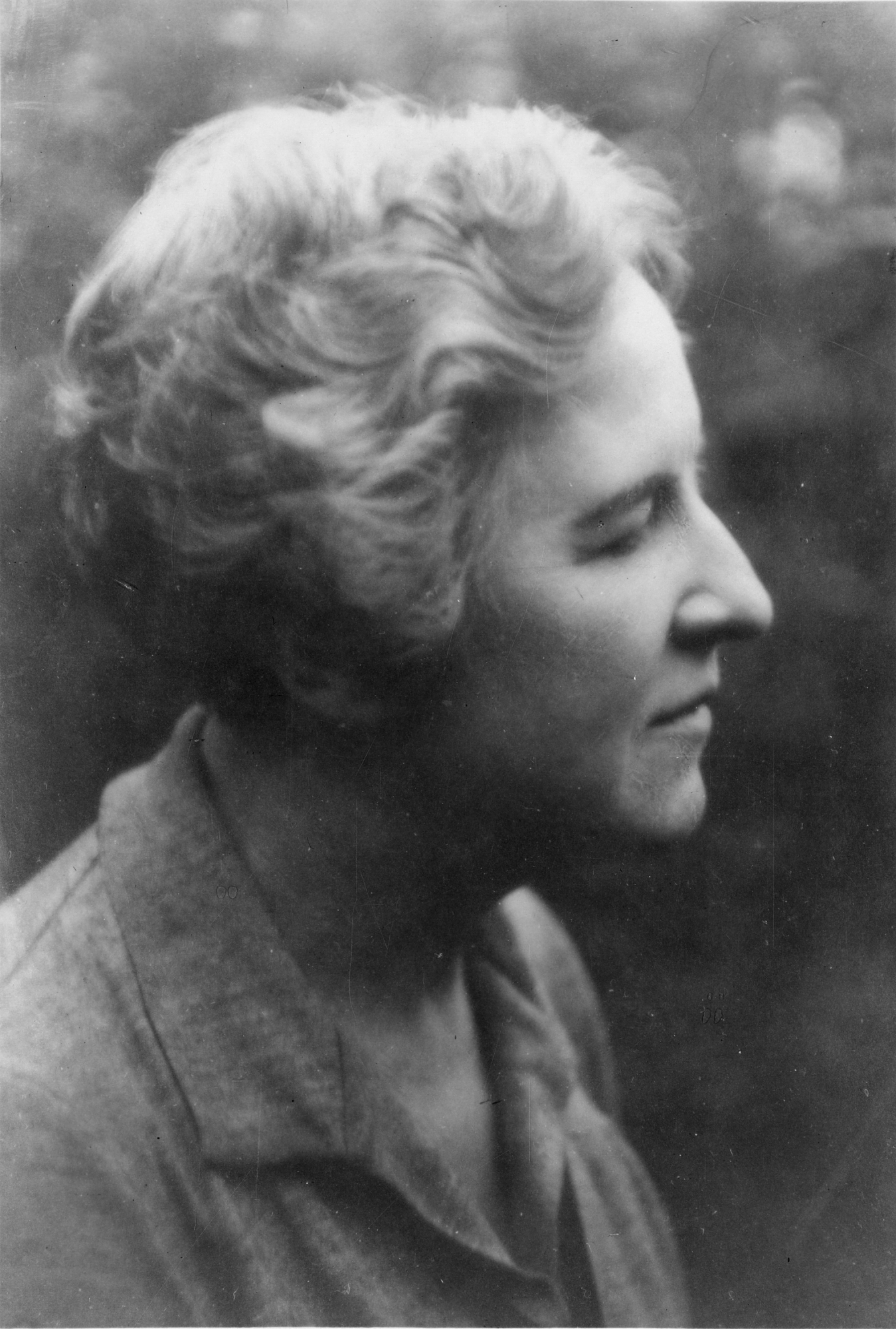
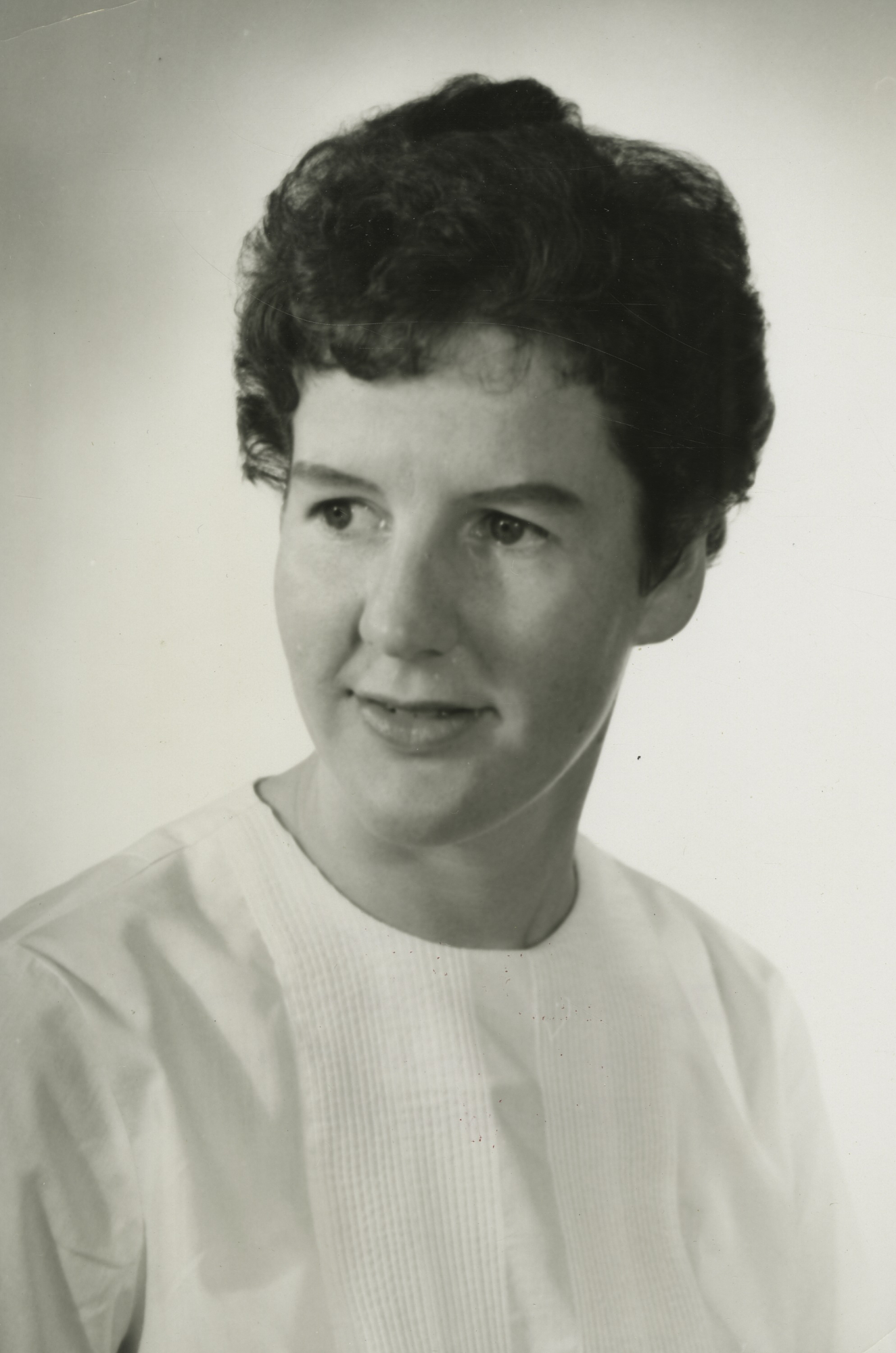
Leave a Comment